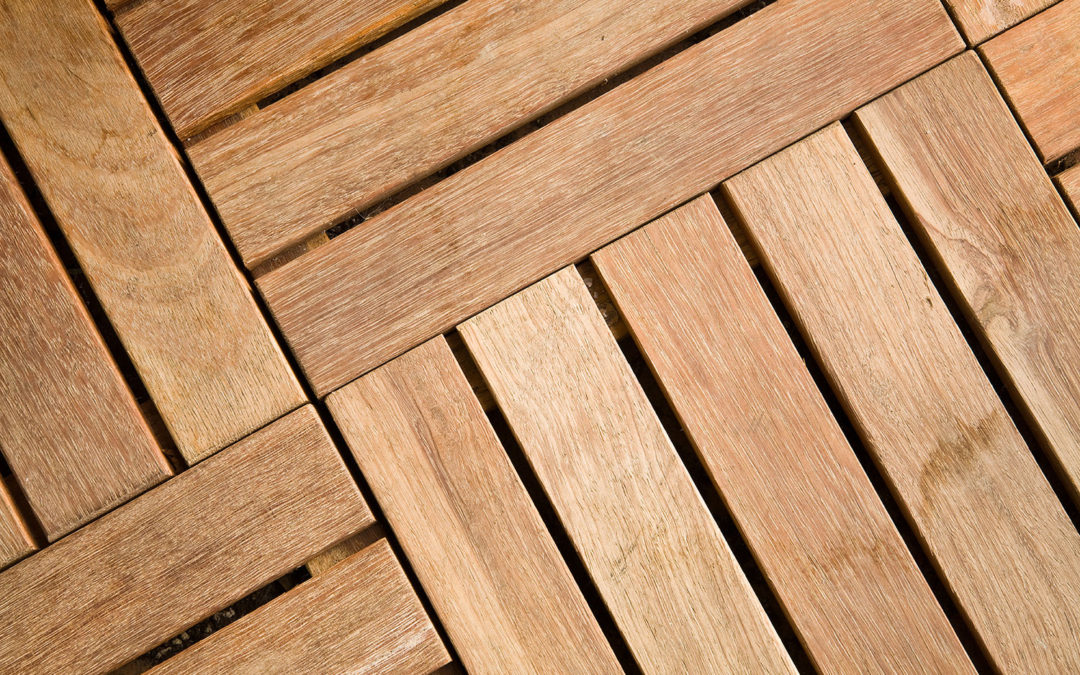Spring starts on March 20, and people want to be outside. We don’t blame them. It’s a great time to take in the fresh air, hear the birds and enjoy your home from the other side of the walls. We’ve been getting many questions about the difference between pressure treated wood and composite. Among the top things are cost, aesthetics, durability, and maintenance.
Initially, the investment of a traditional wood deck is cheaper than composite. If the material cost to build a deck entirely with pressure treated wood is $5,000, a homeowner can expect a composite deck of the same size to cost $9,000 or more. However, wood will require regular, ongoing maintenance to keep it looking great and feeling safe underfoot. Proper upkeep can be around $700 a year. In 12 years the additional money spent at least $4,500. Plus, your time, effort and labor. Compared to the one time cost of a composite deck, the investment is relatively equal.
Opinions vary, but some find the natural look of real wood, even if they have to put in extra work to keep cedar and pressure-treated lumber at their best. However, while early generation composite decking tended to look artificial and plastic-y, some modern composites are available with a variegated appearance, and randomized embossed grain pattern, so no two boards are alike. The result is composites that more closely resemble wood deck boards.
A fundamental wood decking problem is that boards readily absorb water. Without regular application of stains, sealers or paint, wood decking is susceptible to warping, splintering, cracking and rotting. In contrast, composite decks are fully moisture-resistant to the core, which makes them ideal in high moisture conditions without decaying. Regular upkeep, particularly of natural timber decks, is also crucial for maintaining safety. On the other hand, unlike most wood decking, composite decking is not prone to damage from termites and other wood-destroying insects.
When it comes to maintenance, composite boards come out on top. They are dense and water-resistant, so they never warp, crack or split, meaning your deck will stay in great shape for many years. You also won’t have to worry about annual maintenance tasks. A quick hose-down is all it takes to keep it looking good. Since pressure-treated pine is a soft wood that is prone to more easily dent and splinter, it will likely require yearly resealing and staining to maintain color, so there’s built-in work to be done when you go this route.
If you’re still having trouble considering what material you want to use for your custom deck, we are here to help. Currently, Remodeling Wizards of Maryland is running a special on decks. We are offering $500 off any new or resurfaced composite deck through April 15. Schedule your free estimate and get the deck you’ve been thinking about.

